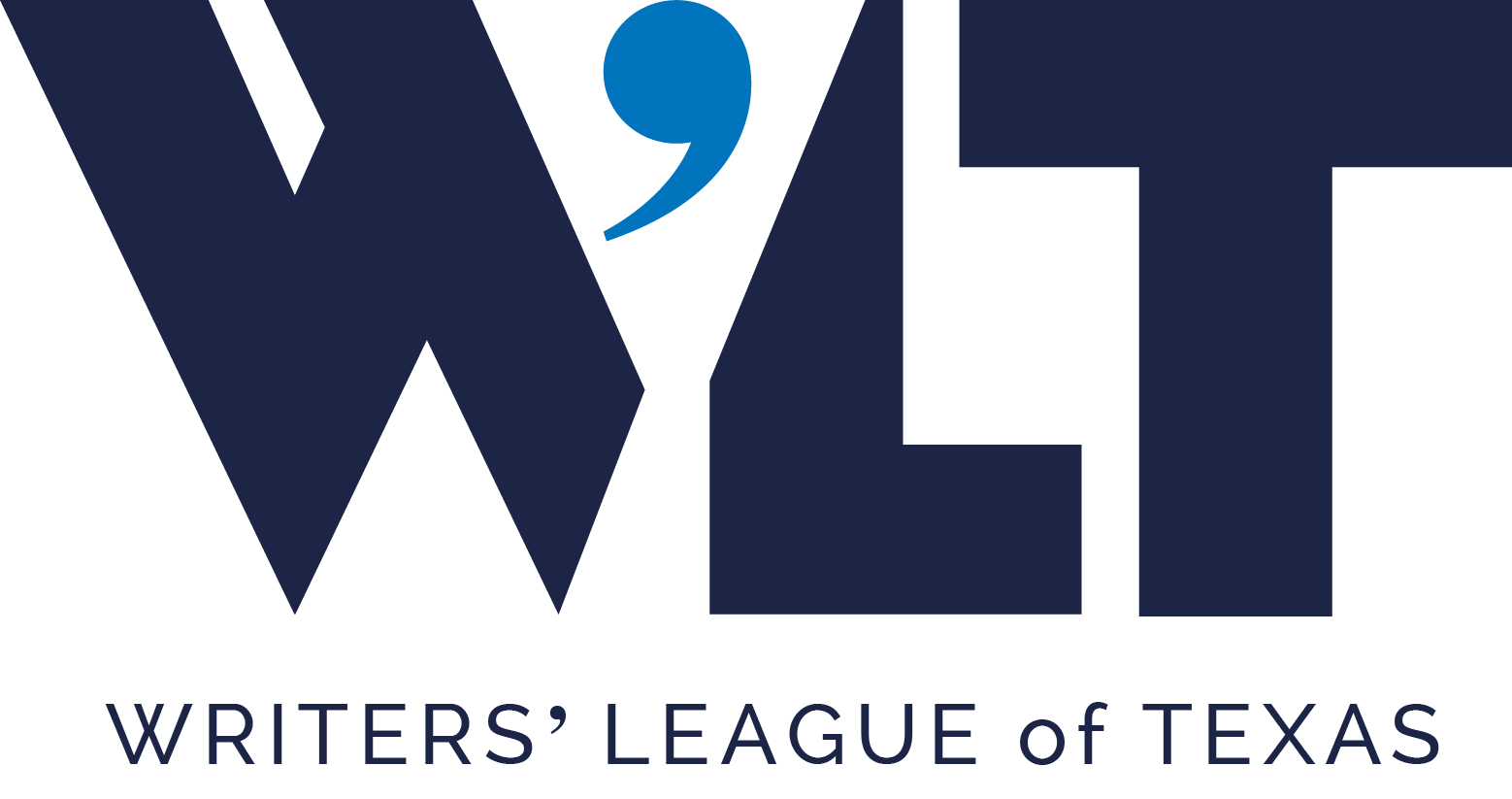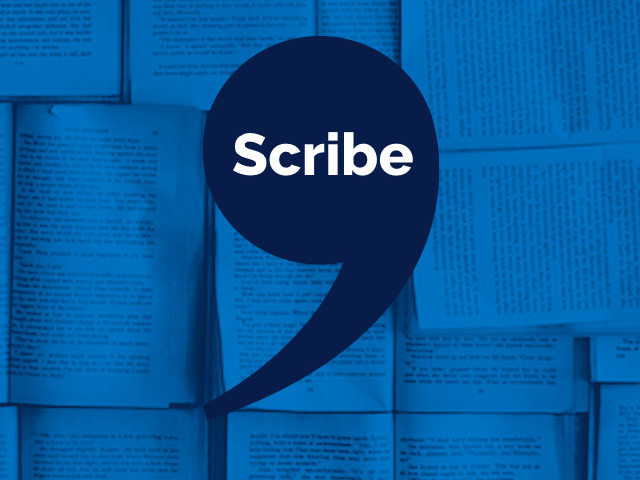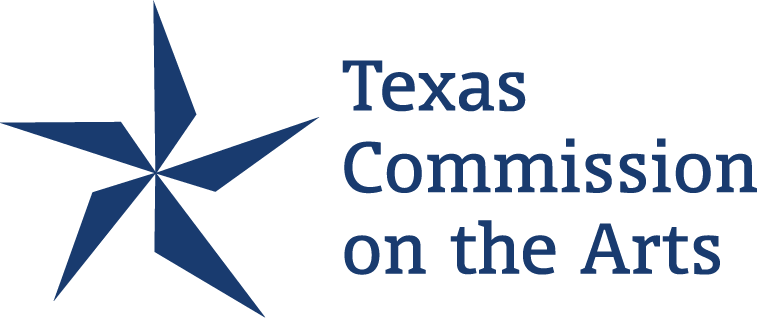The Writers’ League was delighted to co-host a gallery talk with Carol Dawson, one of our most popular authors and instructors. Painting is Carol’s other passion, and her new show, “Intimate Jungles,” at the Wally Workman Gallery http://www.wallyworkmangallery.com/ in Austin (through May 28, 2011) is simply spectacular. Carol is sharing her wonderful talk with Scribe. Whether you’re a writer or an artist — or both — it will inspire you!
(And remember that Carol is leading a weeklong revision class, “Shaping Your Book to Sell” at the WLT’s 2011 Summer Writing Retreat in Alpine in July http://writersleague.org/programs/swa.html).
— Cyndi Hughes
The itch to describe can, for some people, be an overwhelming one. Whether the description is of a particular moment in time, a human emotion, or the view through a window, the urge to translate, to interpret these things, can be one of the strongest drivers in a human life. To offer to other people the chance to see them in some new way that touches them—in other words, to share their wonder–is the greatest privilege I know.
That privilege also requires the humility of artisanship, a surrender of ego, that I think must be undergone before the maker can produce something worthwhile. A setting aside of self, in order to become the instrument of the vision that haunts you; that is what a good artist must do. The vision that is larger than that self: this is what talent and skill are serving. That is why we hone our crafts. So that we may become conduits for that larger presence, which the Chinese call chi, or life-force.
The result of this desire is a long tradition of two-bladed practice: the writer as visual artist, the painter as author. It’s a long tradition because, of course, it’s an age-old compulsion to tell stories in as many different ways as you can. It is an urge to create worlds—not just to re-create this world, but to make a new world that will invite the reader or viewer to enter. Many people have engaged in both practices: from Goethe to Charlotte Bronte, from Poe to Thackery, from Henry Miller to Pearl Buck. A number have started out as art students or professional illustrators before they turned to writing. And some have continued to make visual art after they’ve grown famous.
And the reason why? One art is not enough. Words are not enough to describe and translate the magic to be found in a seashell’s curves and rosy depths, the minutia of cone and knob, outer husk and inner silk. In fact, too many words are a handicap. See? Just talking about it, the poetry of the shell, makes me want to paint it, because I cannot get away with putting all that in a piece of fiction. In creating that world on the page, I can say “a shell.” “A shell sat on the table. She picked it up and cradled it, then held it up to her ear to listen for the voice of the sea.” The reader will then see a shell in his or her mind—a particular kind of shell with meaning for the reader—and that will far more satisfy the reader’s eye than all my additional words ever could.
But will it satisfy me, the maker? The simple word ‘shell’ will do the job I intend it to do. I will have succeeded. I will have evoked a glimmer of human experience. But the shell will be connected to the girl, and will carry its meaning in context with the girl. The girl is the point here.
So why do I long for something more? Why do I still want the physicality of that shell?
Because I do—I want it all. I am enchanted by the shell. I am in love with the micro-world inside it and on its surface. I want to make it grow real under my hand, to, to participate in its luminosity–its crannies and scaly skin and shadowy spirals. I want to know the life and death of the creature that made it. Just as I want to know the life, and to celebrate the mysteries, of that girl cupping the shell to her ear. I want them to become part of me, and me of them. I want to learn all the secrets.
Just as a novel holds secrets locked within its heart—the secrets of its characters, the secrets of a place where people have lived and lingered and made private histories—so the natural world holds secrets that beckon and seduce. To look closely at a scene in a flowerbed, to peer inside a tree, is as exciting to me as looking at the outside of a house with lighted windows at twilight, and guessing at the lives being lived inside its walls.
Making this series Intimate Jungles was a breakthrough for me. With the very first painting, I knew I was finally making a picture with the scale of a short story or a novel, large enough to evoke a sense of secrets and discovery. Large enough to let the viewer start on a journey—to guess at the secrets waiting within that enlarged natural world.
One of the most interesting aspects of writing books and making visual art is how the two practices feed one another. I think you have to have a serious work ethic and intent toward both for this to be true. Some writers use their impulse for visual art to take care of the spillover energy that the rigor of the written page hasn’t yet consumed. They doodle, paint intense abstracts, draw portraits of their friends or enemies, sculpt in clay. They aren’t necessarily trying to follow a disciplined line of work—to make something that will stand, in and of itself, on a professional level. Perhaps they experience the convergence I’m talking about—I don’t know. But I do know that when I’m writing, my brain is running at full throttle down very specific paths of humans, places, and ideas. Although my right hemisphere (the intuitive, creative side of the brain) is very busy, it’s being guided and controlled by the left—the logical, verbal hemisphere. It’s tamed by that left brain. But when I’m drawing and painting—voila! The left brain goes silent. I mean absolutely mute! Hushed. No thoughts churning around in there, no anxieties or sudden inspirations or grocery lists, no lines of narrative or dialogue popping up. Nothing. It’s as close to meditation without truly meditating as I can think of. And both acts—writing and painting—are a form of prayer.
Often when I first switched from oils to watercolor—twenty-five years ago— I listened to music, mainly opera. But I came to find that the music tends to inflect the painting, so that the picture strays from my original intent. Music is closer to painting than writing is. So these days, if I listen to anything, it’s audio books and NPR. Though not the news. Terry Gross, This American Life, and Wait Wait Don’t Tell Me are dandy. This is because, although I can paint for hours in silence, and do, I reach a point when that left brain feels hungry for some verbiage. I have to feed it, or else I grow impatient. And when you’re working on the same painting ten hours a day for four or five weeks, and you’re used to the left brain whaling away, you have no room for impatience.
The upshot of all this swapping back and forth between disciplines is how they enrich one another. For me, the secrets that I suggest in my novels must, by the end of the story, get answered. One hopes, in either a grand or very quiet crescendo of revelation—the opening of the shell, the aha! moment, as Oprah puts it. In a painting, those secrets just go on and on, forever enticing, blooming, retreating just out of reach. The painting promises eternal mystery, a moment physically frozen in the chain of life—a grid of energy. The secrets under the soil, the beings lurking behind the stems and leaves—if I’m lucky, and fully do my job, you can almost smell that world.
As to process: all the lush description I used to pour onto a page in my early years as a writer is now gone. I come away from several months or a year of painting and sit down to write a book and bam! The shell is only the shell. Which is to say: the shell is at its sparest. The painting has taken care of that. The architecture of the story shapes itself, like a house inhabited with life—and is just as well-framed as the composition of the painted image that preceded it. Composing the painting helps me to clean the narrative structure. And both of them combined fulfill the deepest urges of their maker.









